LG to Close Gen 5 LCD Fab
While no timeframe was given for the closing, other than this year, we note that yesterday we indicated that Japan Display (6740.JP) was closing a small Gen 3.5 LCD fab in order to continue to bring down its breakeven, and with panel prices declining, we expect other panel producers to start reevaluating the efficiency of older LCD fabs, something most were less concerned about when demand was stronger last year. We expect this trend to continue as panel producers evaluate the efficiency of smaller or older fabs. LGD has not decided (or announced) what it intends to do with the P5 fab, which could be converted to OLED for small or large panel production at a later date.
LGD’s transfer of its automotive panel production from a Gen 5 to a Gen 6 fab, while seeming a small change, is indicative of how sensitive the panel space is to substrate changes. Small panel production sees little change from a transition from Gen 5 to Gen 6 fab production, but as panel sizes reach 18” to 19” those transitions become apparent. In the table below we show the number of units and the substrate efficiency[1] of both fab layouts, noting also that the size of a single sheet of Gen 6 glass is 1.93x the size of a Gen 5 substrate, so the number of units for smaller size panels doubles while for larger panels the number of units increases by between 125% and 150%, while the efficiency also improves. Given that P5 was designed to produce 150,000 substrate sheets/month, those efficiencies can be a significant improvement to margins while reducing the burden on other company fabs.
[1] The percentage of the substrate that is used for actual panel production as opposed to the waste.

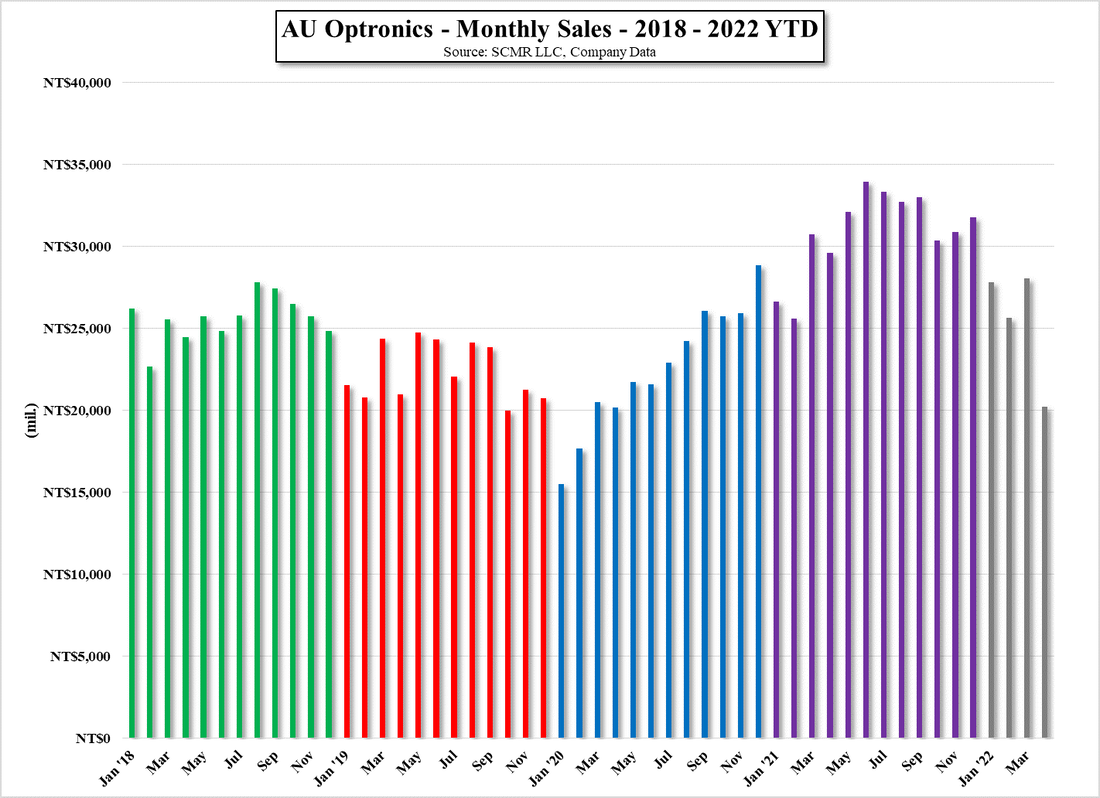
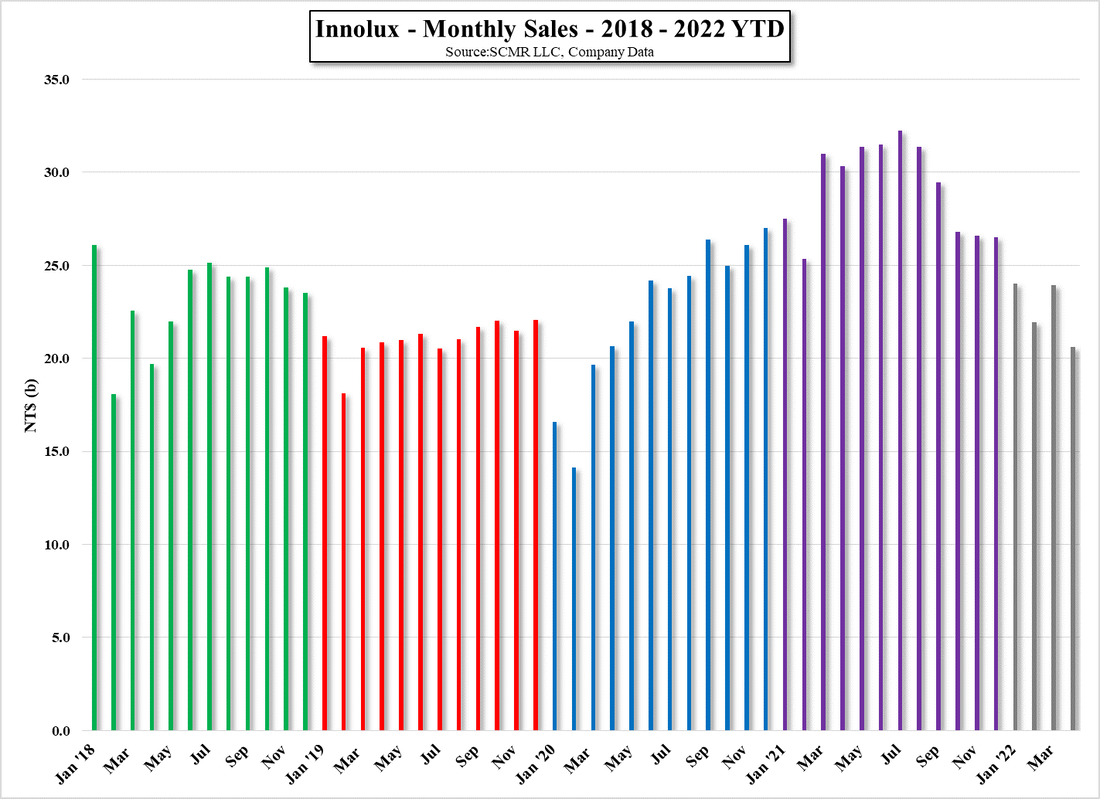
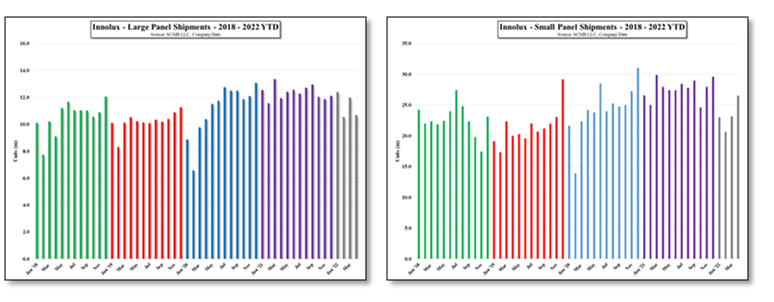
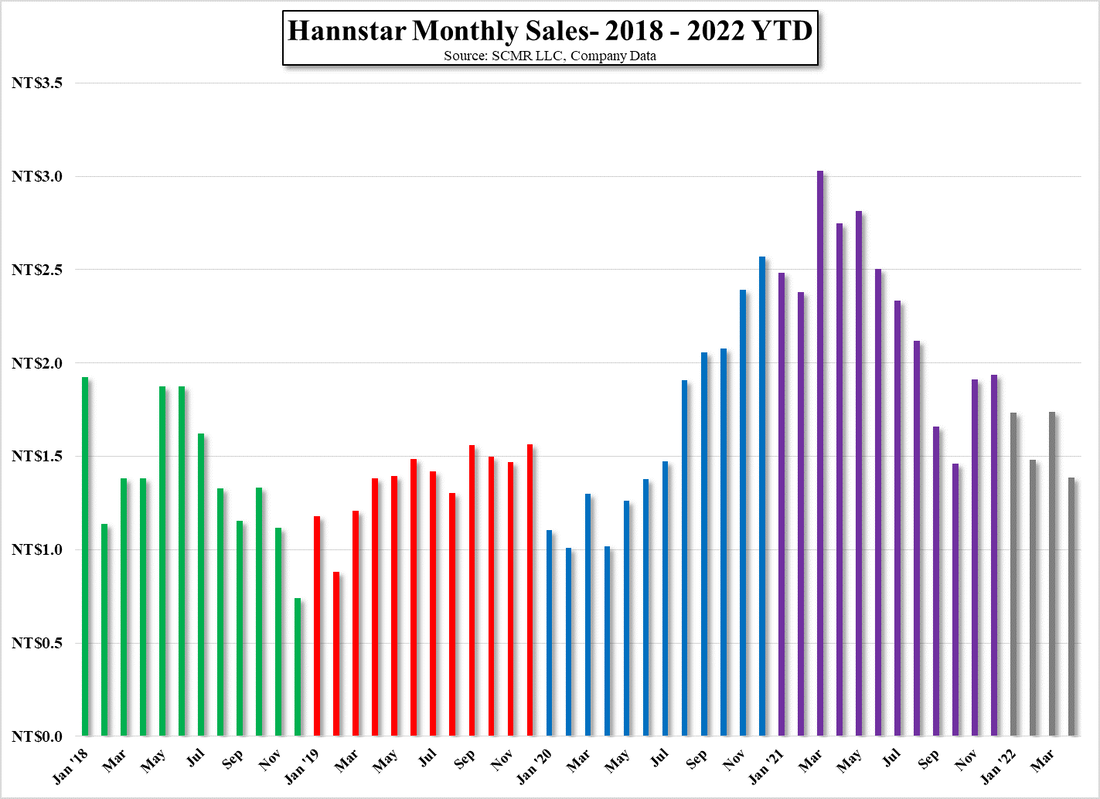
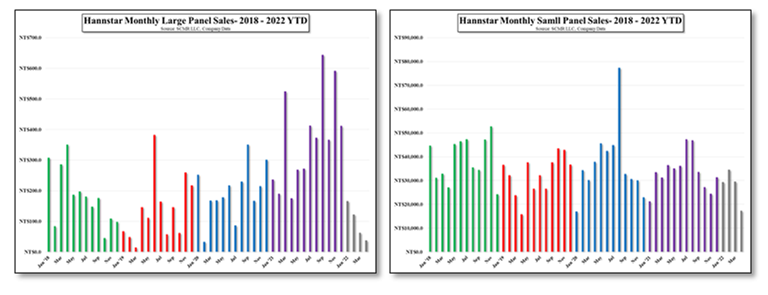



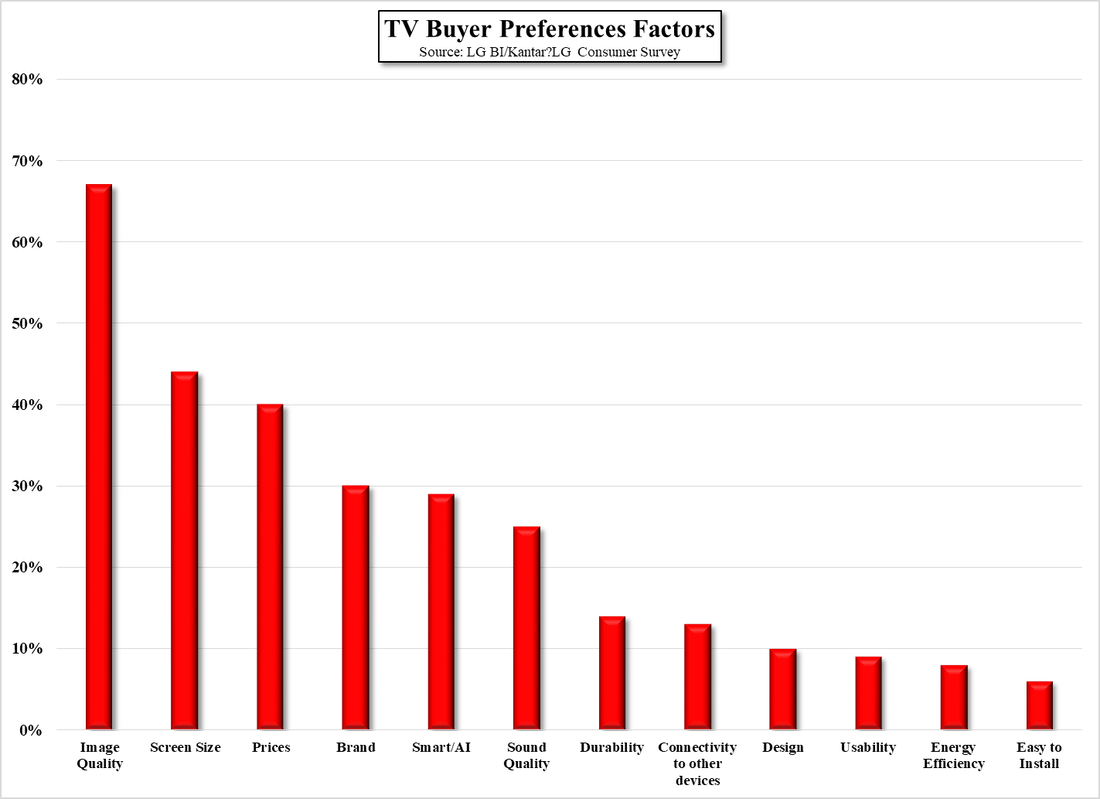
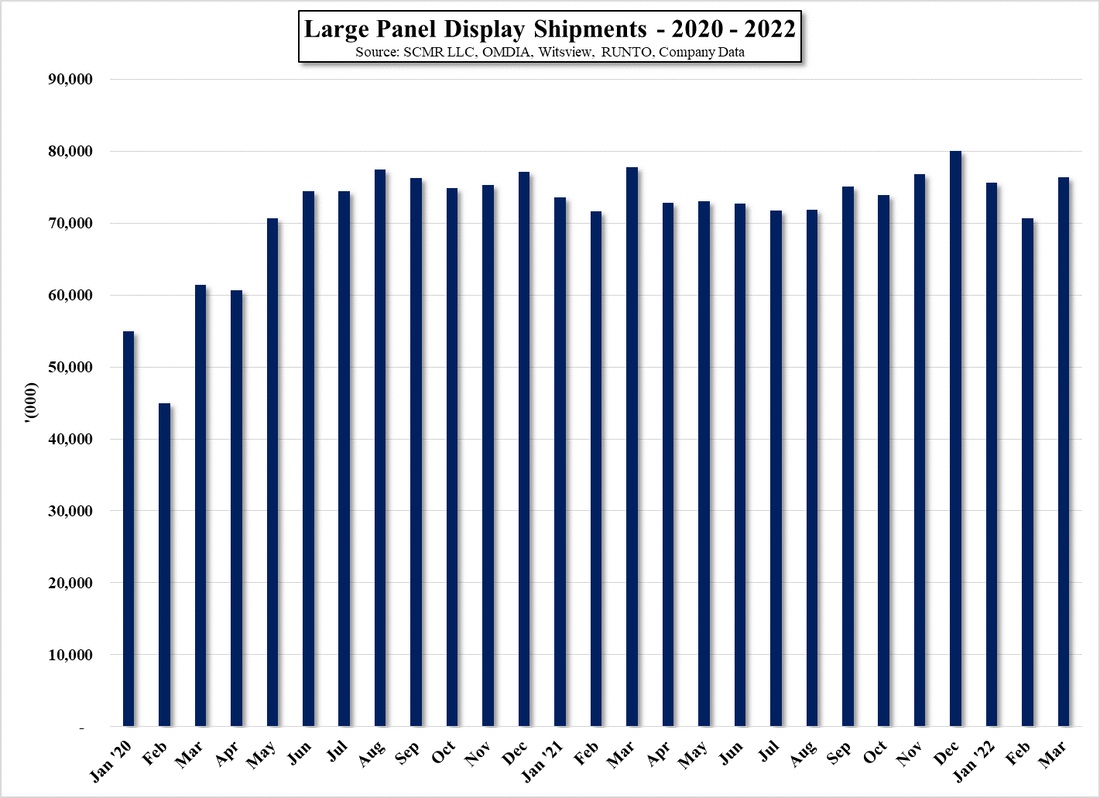
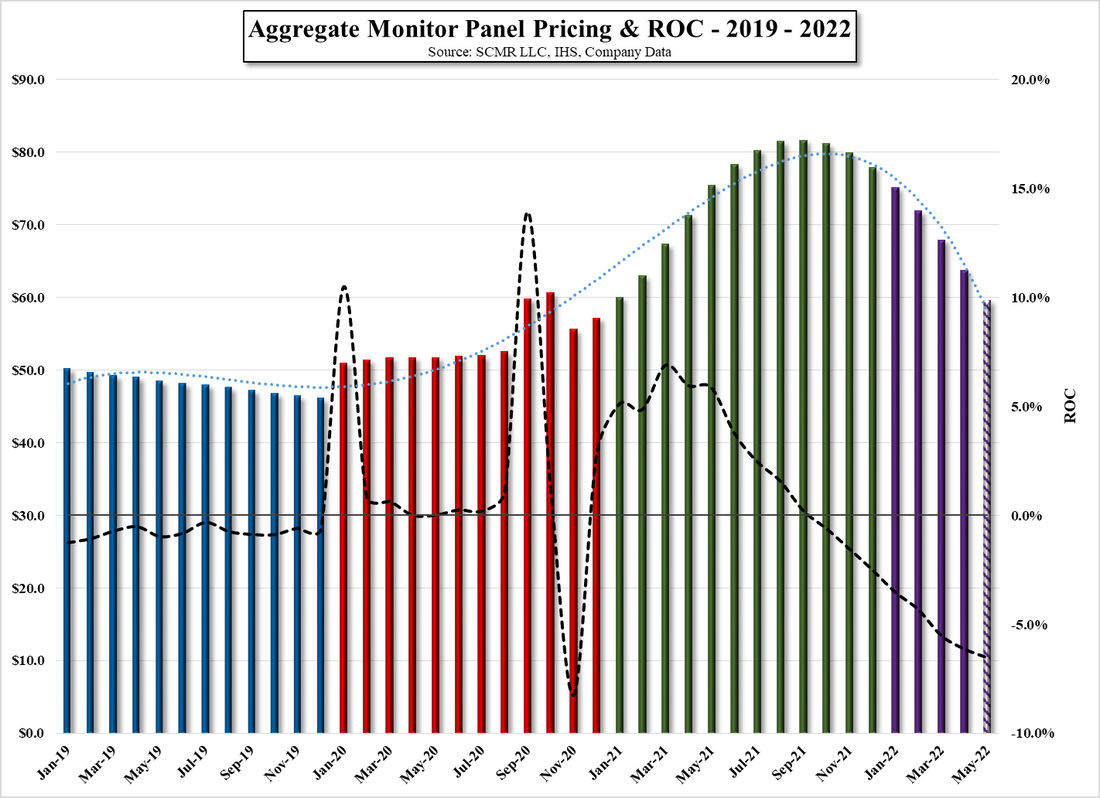
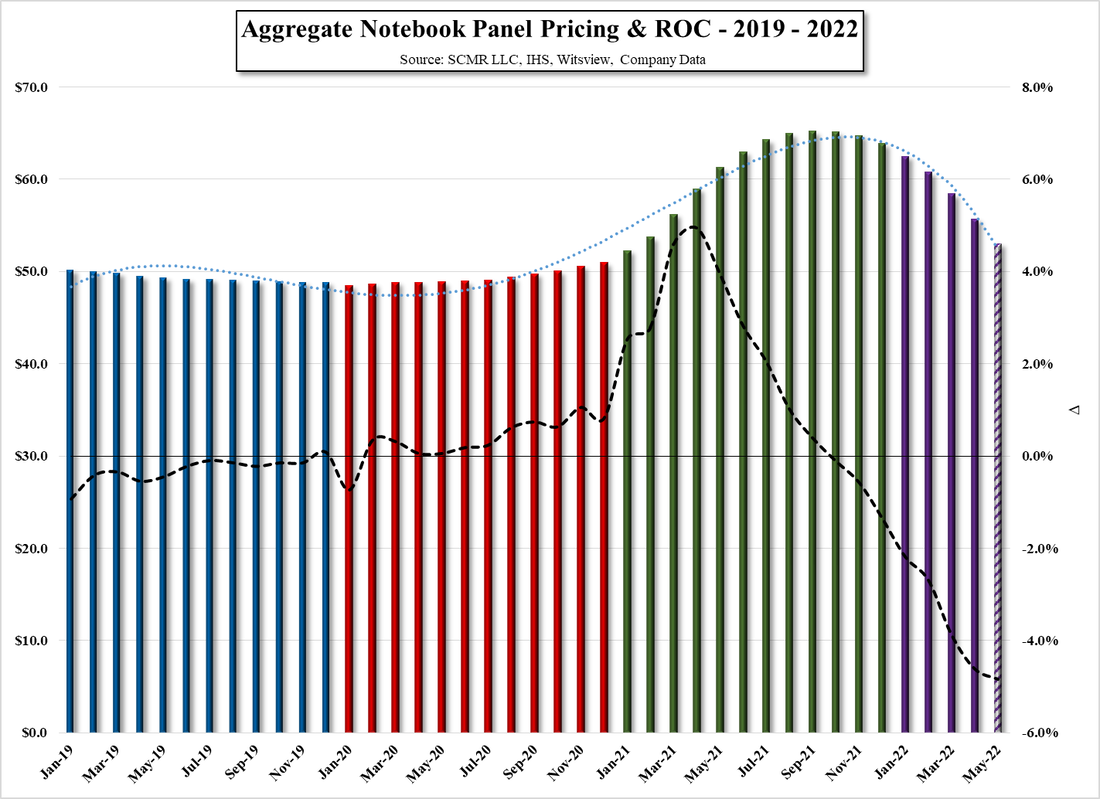
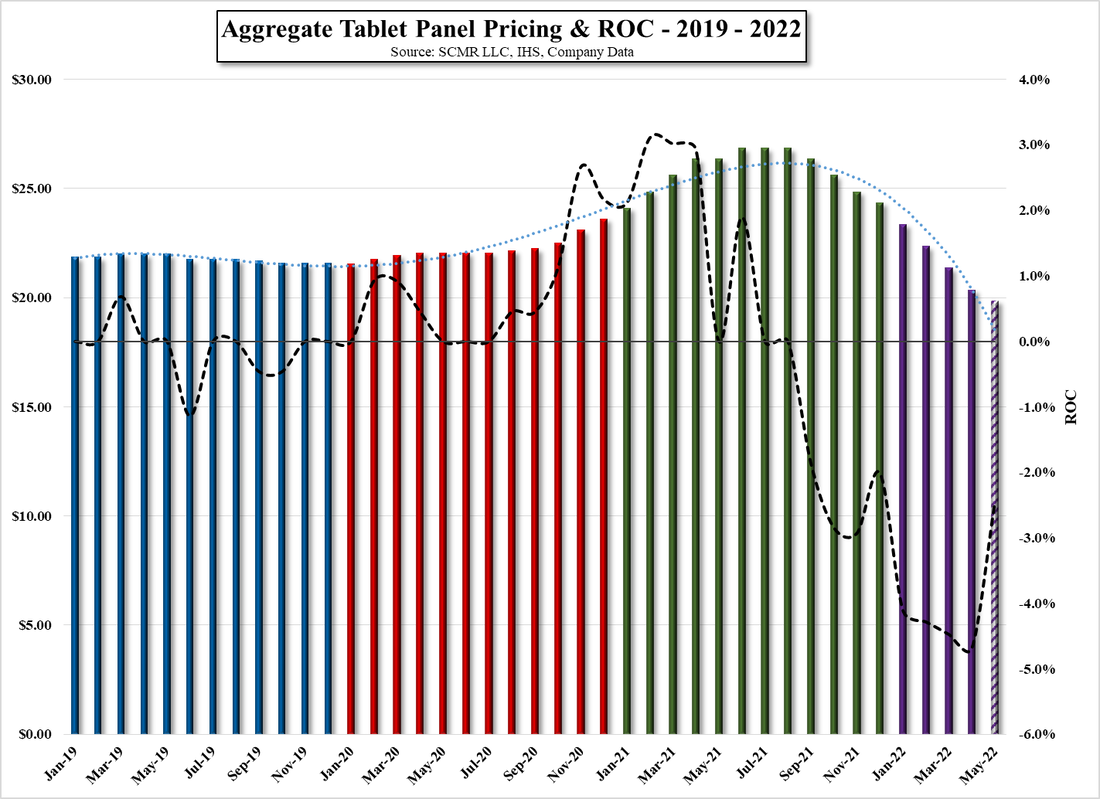
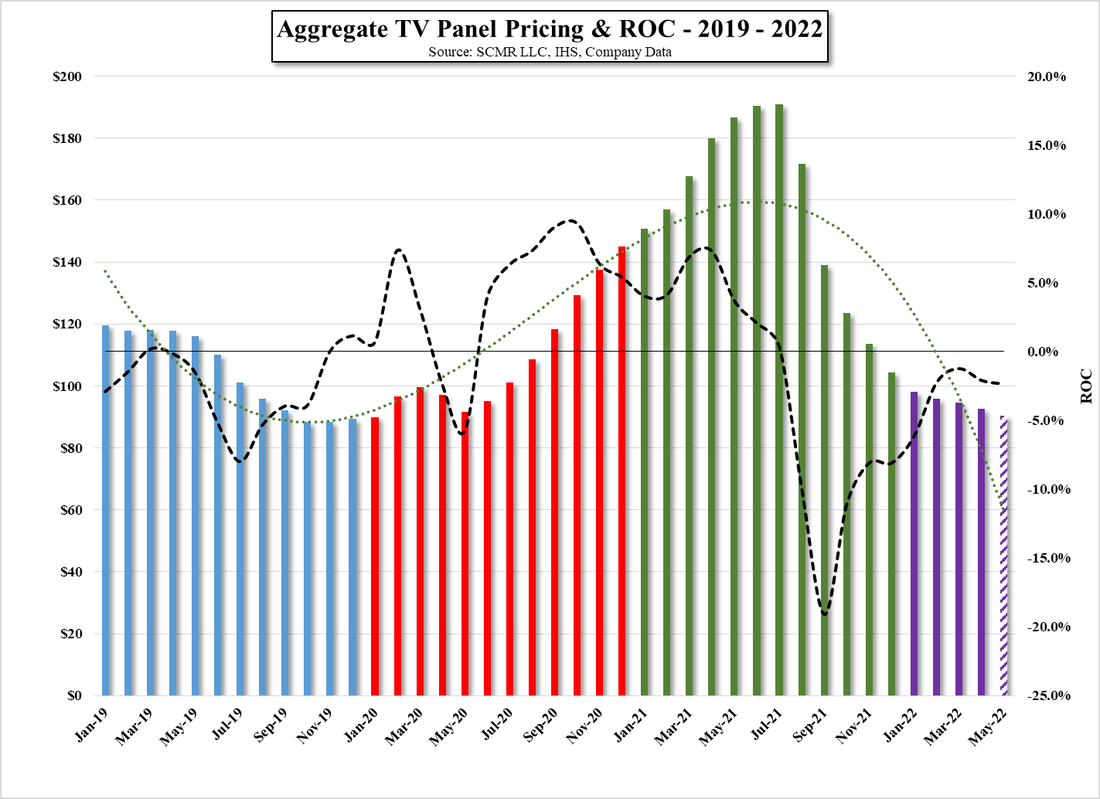
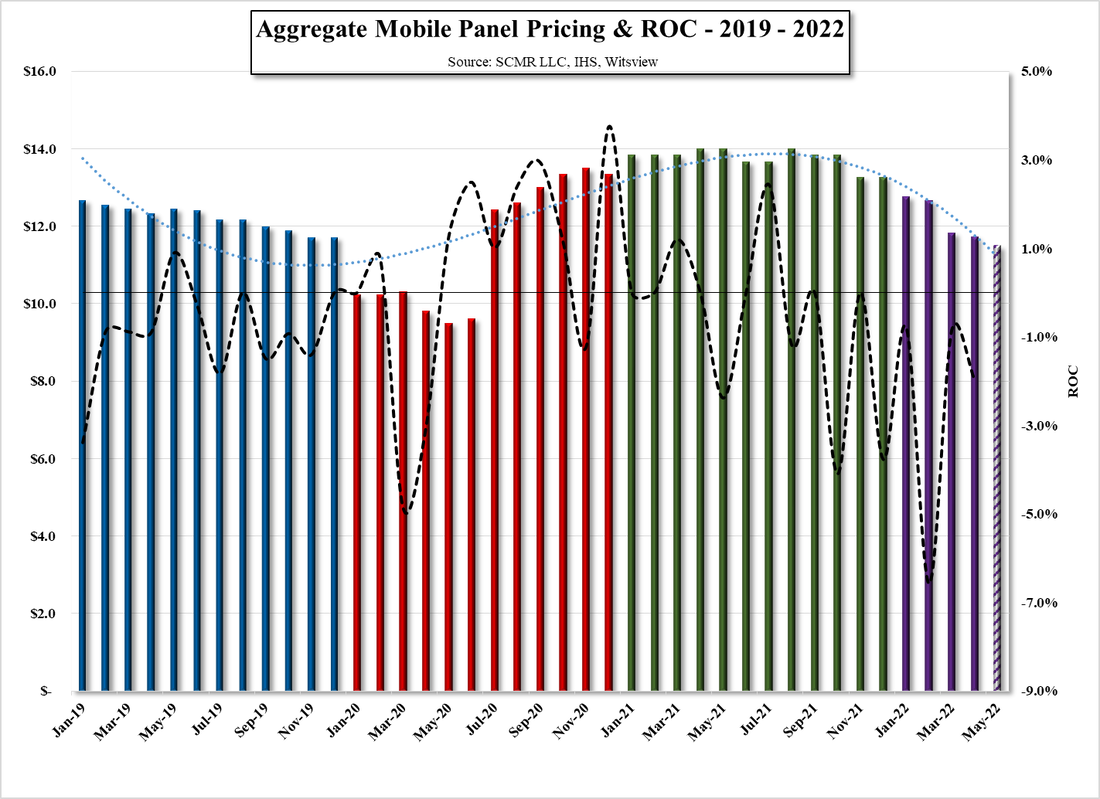
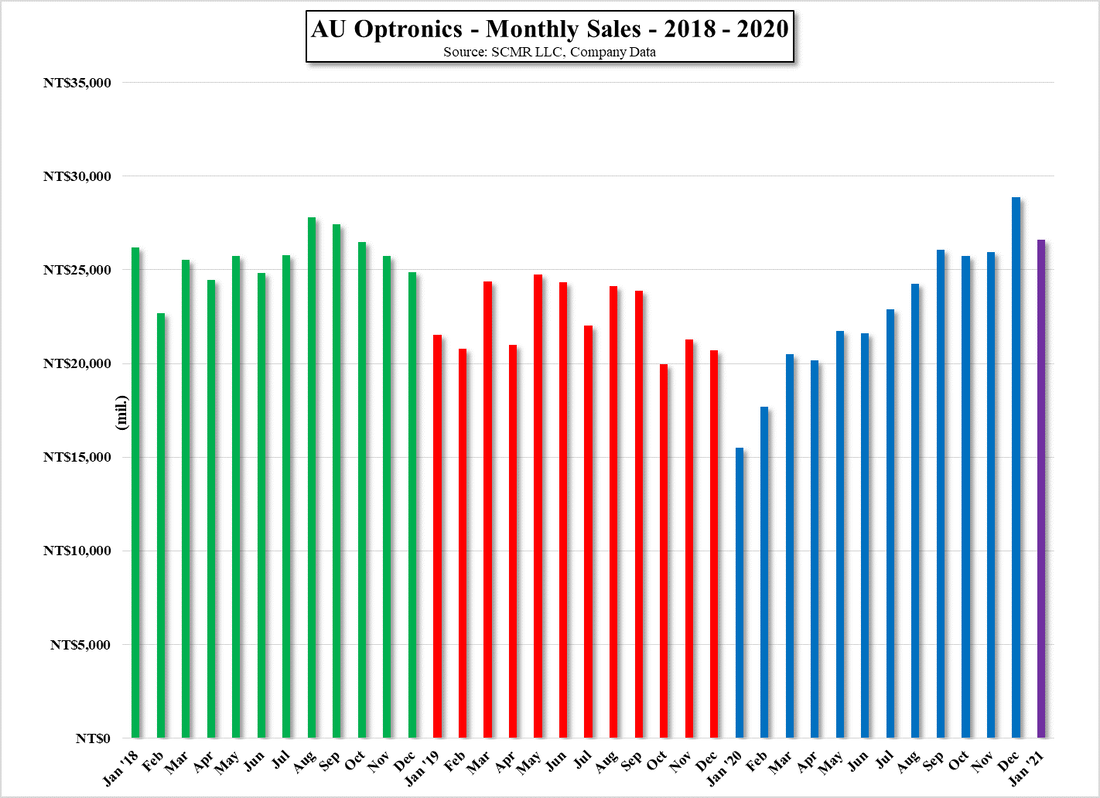
 RSS Feed
RSS Feed